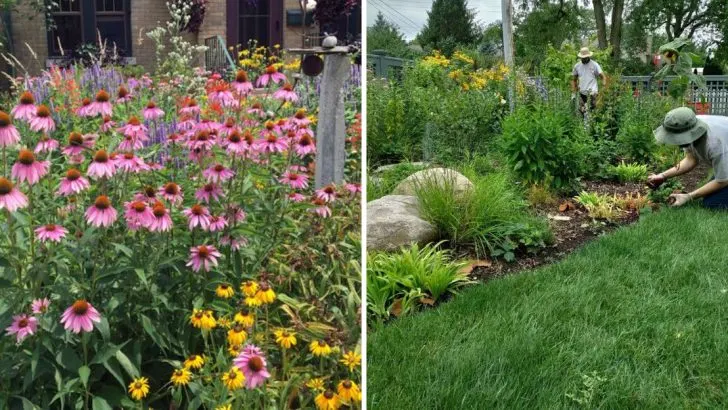Prairie gardens offer a harmonious blend of natural beauty, sustainability, and wildlife support. These low-maintenance landscapes mimic native ecosystems, featuring a mix of grasses, wildflowers, and pollinator-friendly plants. However, creating a thriving prairie garden requires careful planning and the right techniques to ensure long-term success.
Whether you’re transforming a small backyard or a sprawling field, these seven essential tips will help you cultivate a lush, vibrant prairie garden that blooms year after year.
Choose the Right Location
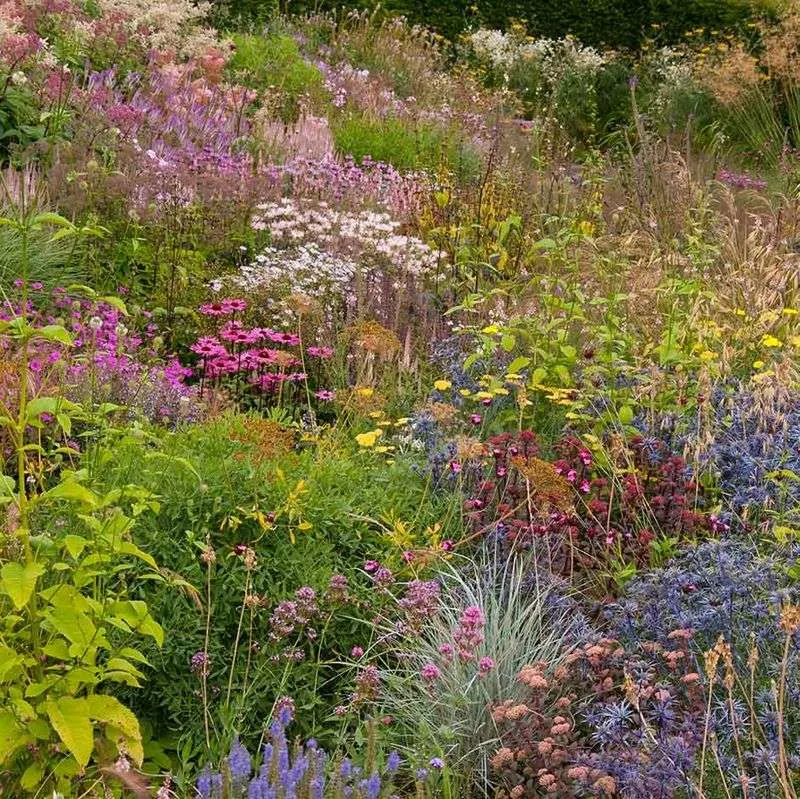
Finding the perfect spot is crucial to your prairie garden’s success. Look for a sunny, open area with well-drained soil. This type of environment mimics the plains where prairie plants naturally thrive. Avoid shaded zones, as they can hinder growth. Consider the slope of the land as well; gentle slopes can improve drainage. Test the soil to check its pH and nutrient levels. This information will guide you in selecting the right plants. Remember, a little preparation goes a long way in ensuring your garden’s longevity and health.
Select Native Plants
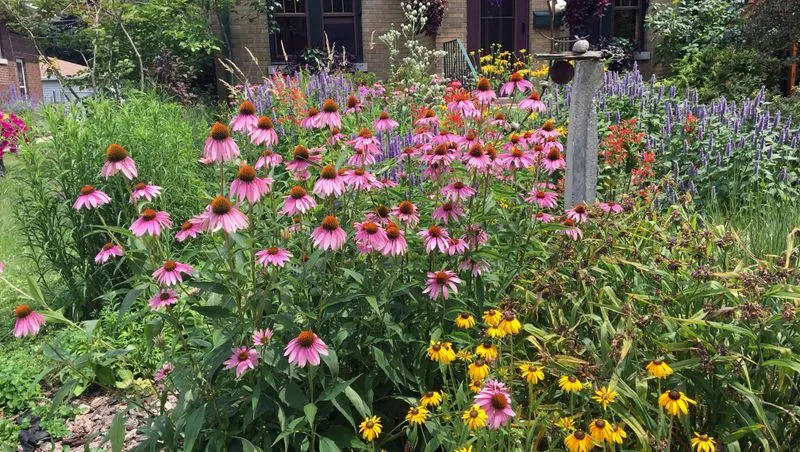
Native plants are the backbone of a prairie garden, adapted to local climate and soil conditions. They require less water and maintenance, making them ideal for sustainable gardening. Visit local nurseries to find a diverse selection of wildflowers and grasses. Look for plants that bloom at different times to ensure year-round interest. Check labels or consult experts to confirm they’re native species. By choosing native plants, you not only enhance the beauty of your garden but also support local wildlife and pollinators.
Plan for Diversity
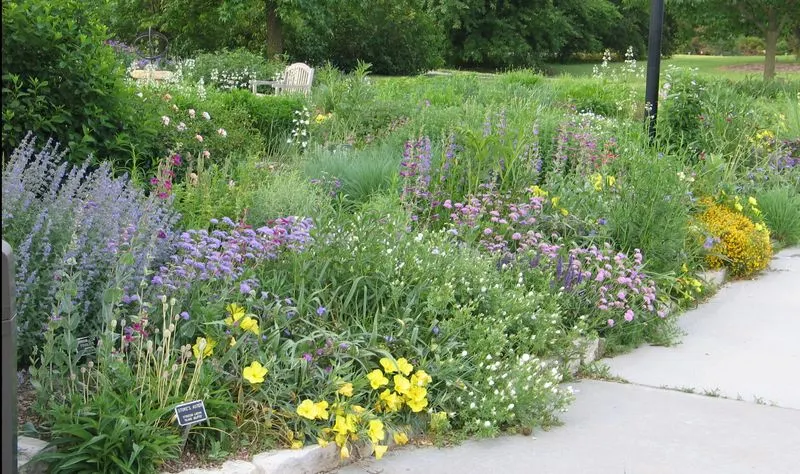
Diversity is key to a thriving prairie garden. Incorporate a mix of grasses, flowers, and shrubs to create layers of interest. This variety attracts different pollinators and provides habitats for various wildlife. Plan your layout by considering plant height and bloom time, ensuring continuous blooms. Mix textures and colors for visual appeal. A diverse garden is more resilient against pests and diseases. Remember to include plants that offer food and shelter for birds and beneficial insects, enhancing the ecosystem.
Prepare the Soil
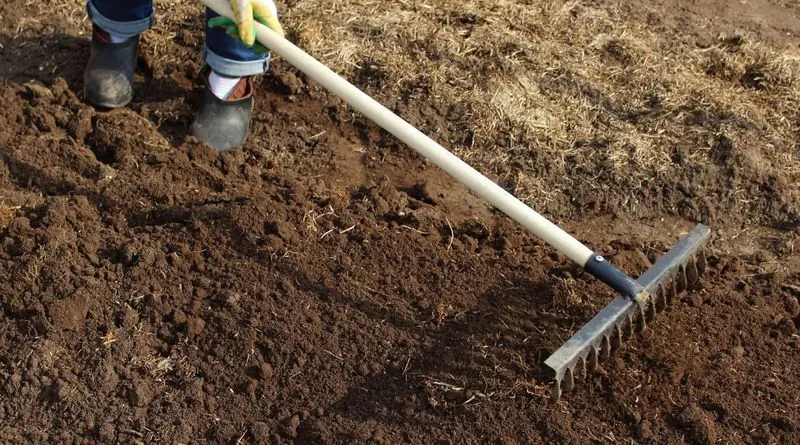
Healthy soil is the foundation of any successful garden. Begin by clearing the area of weeds and debris. Tilling the soil loosens it, allowing roots to penetrate easily. Add organic matter like compost to enrich the soil, improving its structure and fertility. Conduct a soil test to determine nutrient needs. Amend the soil based on test results, addressing deficiencies to support plant growth. This groundwork ensures your prairie plants have a strong start, setting the stage for a thriving garden.
Incorporate Mulching
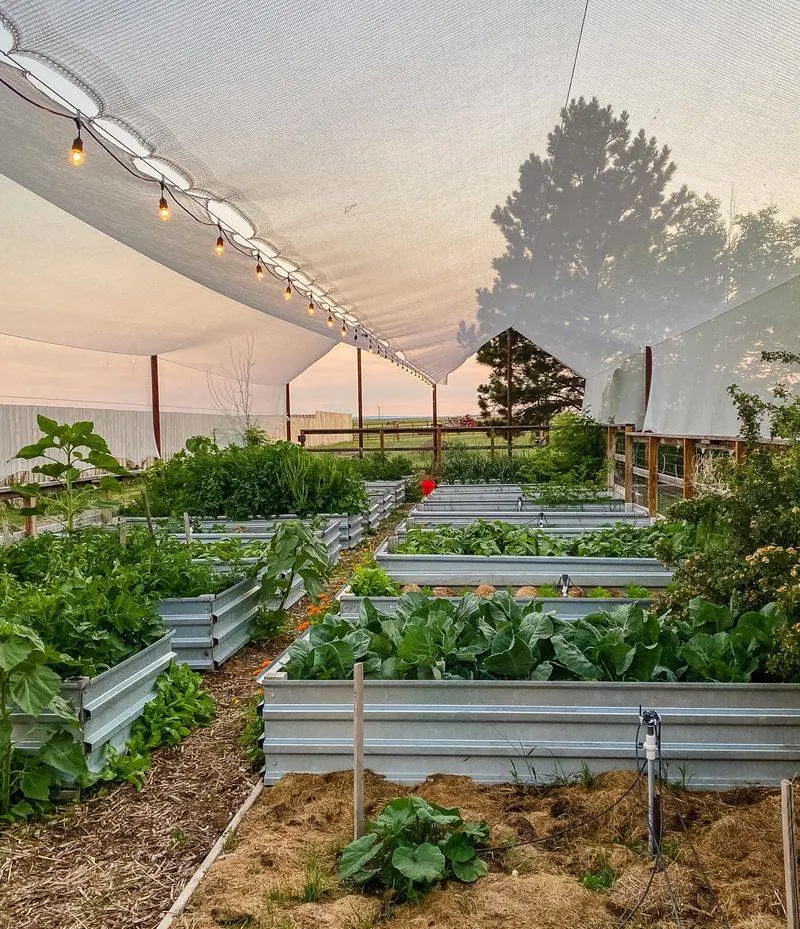
Mulching is a vital practice in maintaining a prairie garden. It retains soil moisture, suppresses weeds, and adds organic matter as it decomposes. Use natural mulch like straw, wood chips, or grass clippings. Apply a thick layer around your plants, keeping it away from stems to prevent rot. Mulching also moderates soil temperature, protecting plants from extreme weather. Reapply mulch as needed, especially after heavy rains or wind. This simple step contributes greatly to reducing maintenance efforts while promoting plant health.
Implement a Watering Strategy
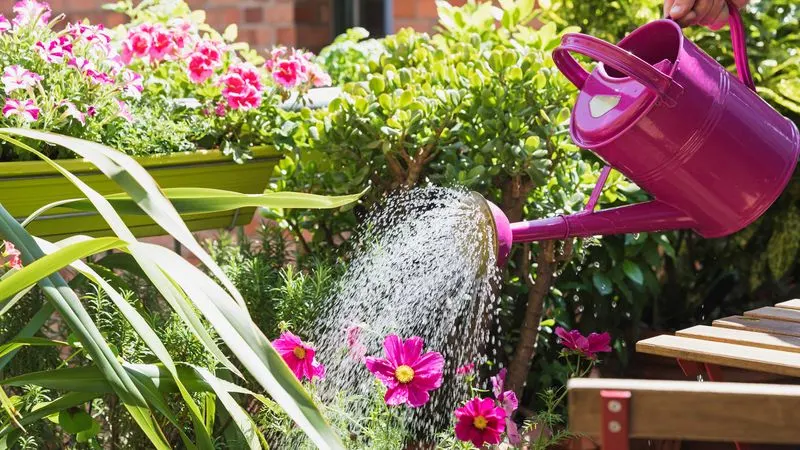
Efficient watering is crucial, especially during establishment. Water deeply but infrequently to encourage deep root systems. Early morning is the best time, reducing evaporation and disease risk. Use drip irrigation or soaker hoses for targeted watering. Avoid overhead sprinklers as they waste water and increase disease potential. Monitor rainfall and adjust your schedule accordingly. Once established, many prairie plants are drought-tolerant, reducing the need for supplemental watering. By managing water wisely, you support robust plant growth and conservation efforts.
Regular Maintenance and Observation
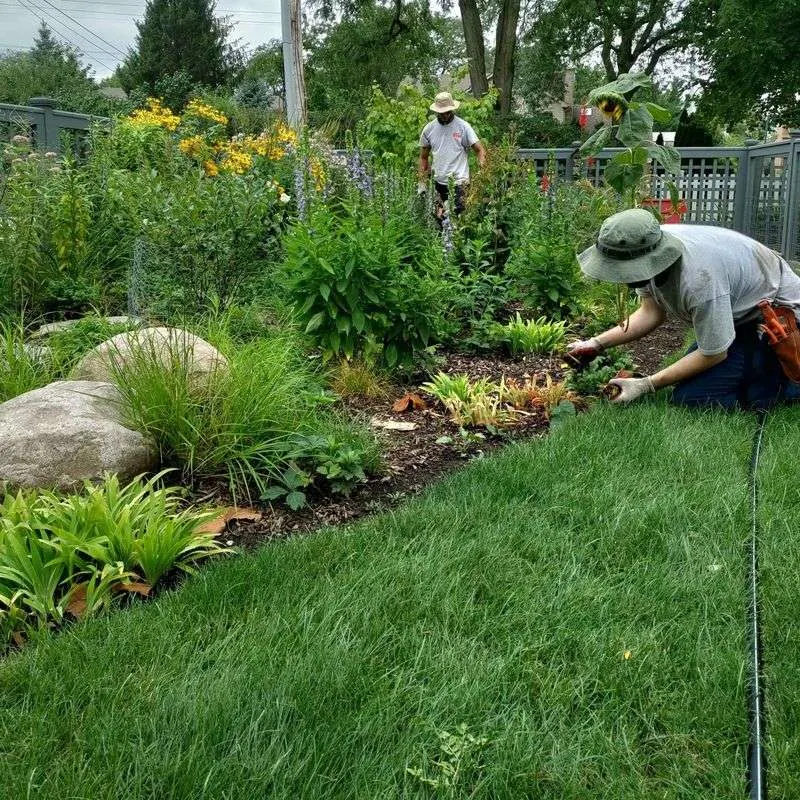
Routine maintenance ensures the long-term success of your garden. Regularly check for invasive species and remove them promptly. Deadhead spent flowers to encourage new blooms. Prune and trim plants to maintain their shape and health. Keep an eye out for pests and diseases, addressing issues early to prevent spread. Observation is key; spend time in your garden to understand its needs. This ongoing care not only keeps your garden healthy but strengthens your connection to the natural environment you’ve created.

